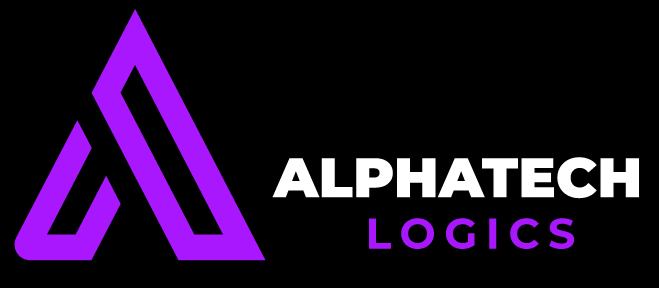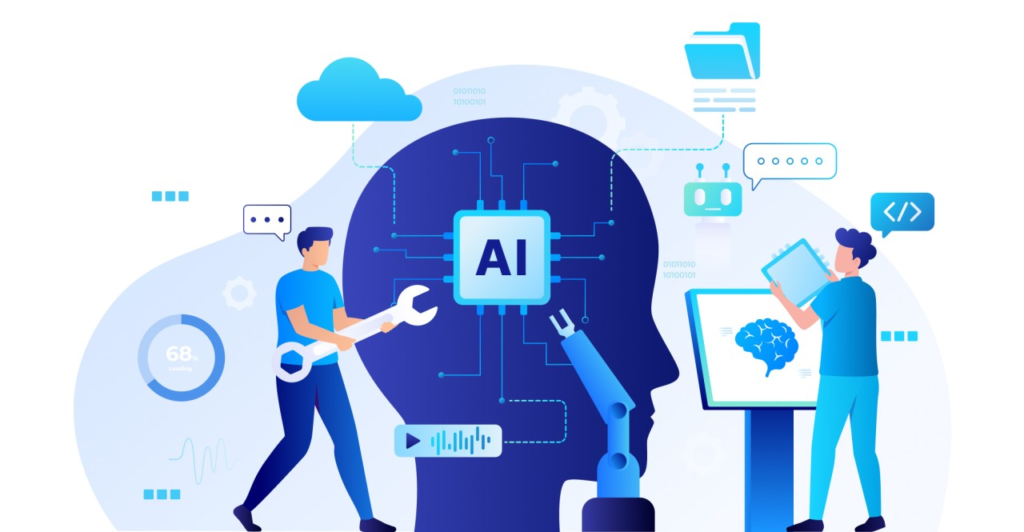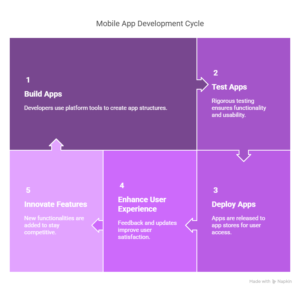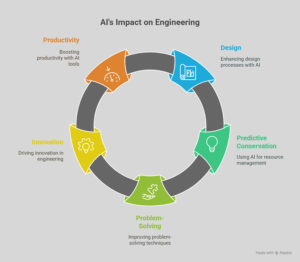Risk Management in AI Implementation: Strategies for C-Level Leaders
Introduction
Artificial Intelligence (AI) is transforming industries by enhancing efficiency, automating processes, and enabling data-driven decision-making. However, as organizations increasingly adopt AI, C-level leaders must navigate significant risks—ranging from ethical concerns to operational failures. Effective risk management in AI implementation is critical to ensuring compliance, maintaining trust, and achieving long-term success.
This article explores key risks associated with AI deployment and provides actionable strategies for executives to mitigate them.
Key Risks in AI Implementation
1. Ethical and Bias Risks
AI systems can inadvertently perpetuate biases present in training data, leading to discriminatory outcomes. For example, biased hiring algorithms or loan approval systems can harm an organization’s reputation and lead to legal repercussions.
Mitigation Strategy:
– Implement **bias detection and fairness audits** during AI development.
– Ensure diverse datasets and involve multidisciplinary teams (including ethicists) in AI design.
– Adopt **explainable AI (XAI)** techniques to enhance transparency.
2. Regulatory and Compliance Risks
Governments worldwide are tightening AI regulations (e.g., EU AI Act, U.S. Executive Order on AI). Non-compliance can result in fines and reputational damage.
Mitigation Strategy:
– Stay updated on **evolving AI regulations** and engage legal experts early.
– Implement **AI governance frameworks** to ensure accountability.
– Conduct **regular compliance audits** to align AI systems with legal standards.
3. Security and Data Privacy Risks
AI systems rely on vast amounts of data, making them prime targets for cyberattacks. Data breaches can lead to financial losses and regulatory penalties.
Mitigation Strategy
– Adopt robust encryption and access controls for AI data.
– Implement AI-specific cybersecurity measures, such as adversarial attack detection.
– Ensure compliance with GDPR, CCPA, and other privacy laws.
4. Operational and Performance Risks
AI models can fail due to poor data quality, model drift, or unexpected real-world conditions, leading to financial and operational disruptions.
Mitigation Strategy:
– Continuously monitor AI performance and retrain models as needed.
– Implement fallback mechanisms (e.g., human oversight for critical decisions).
– Conduct rigorous testing (A/B testing, stress testing) before full deployment.
5. Reputational and Trust Risks
Public distrust in AI—due to errors, biases, or misuse—can damage brand credibility and customer loyalty.
Mitigation Strategy
– Foster transparency by clearly communicating AI use cases to stakeholders.
– Establish AI ethics committees to oversee responsible deployment.
– Encourage **third-party audits to validate AI fairness and reliability.
Strategic Framework for AI Risk Management
C-level leaders should adopt a structured approach to AI risk management:
1. Risk Identification – Conduct **AI risk assessments** to identify vulnerabilities.
2. Risk Quantification – Evaluate the financial, legal, and reputational impact of AI risks.
3. Risk Mitigation – Implement **controls (technical, procedural, governance)** to reduce exposure.
4. Monitoring & Adaptation – Continuously track AI performance and regulatory changes.
5. Crisis Response Planning – Develop **incident response protocols** for AI failures.
Conclusion
AI offers immense opportunities but comes with significant risks that C-level leaders must proactively manage. By integrating ethical AI principles, regulatory compliance, cybersecurity best practices, and robust governance**organizations can harness AI’s potential while minimizing downsides.
Executives who prioritize responsible AI deployment will not only mitigate risks but also gain a competitive edge by building trust with customers, regulators, and stakeholders.
Call to Action
Assess AI risks in your organization today.
Invest in AI governance frameworks and training.
Engage cross-functional teams to ensure a balanced approach to AI implementation.
By taking these steps, C-level leaders can drive AI innovation safely and sustainably.





